Right now, Congress is drafting the 2018 Farm Bill and sportsmen want to be a part of the conversation
There is no greater opportunity for conservation in America than the prospect of a new Farm Bill, especially considering that it accounts for nearly $5 billion in nationwide spending on soil health, water quality improvements, and on-the-ground habitat for the wildlife we love to pursue. But in agriculture-dominant states, the stakes are particularly high for landowners, sportsmen, and surrounding communities.
This is why the TRCP recently joined forces with the Illinois Conservation Foundation to speak with hunters and anglers in three local forums about the Farm Bill conservation programs that help create better habitat and access on private lands in the Prairie State. For me, it also meant that—not long after joining the TRCP as the new director of agriculture and private lands in D.C.—I was going home.
Why Illinois?
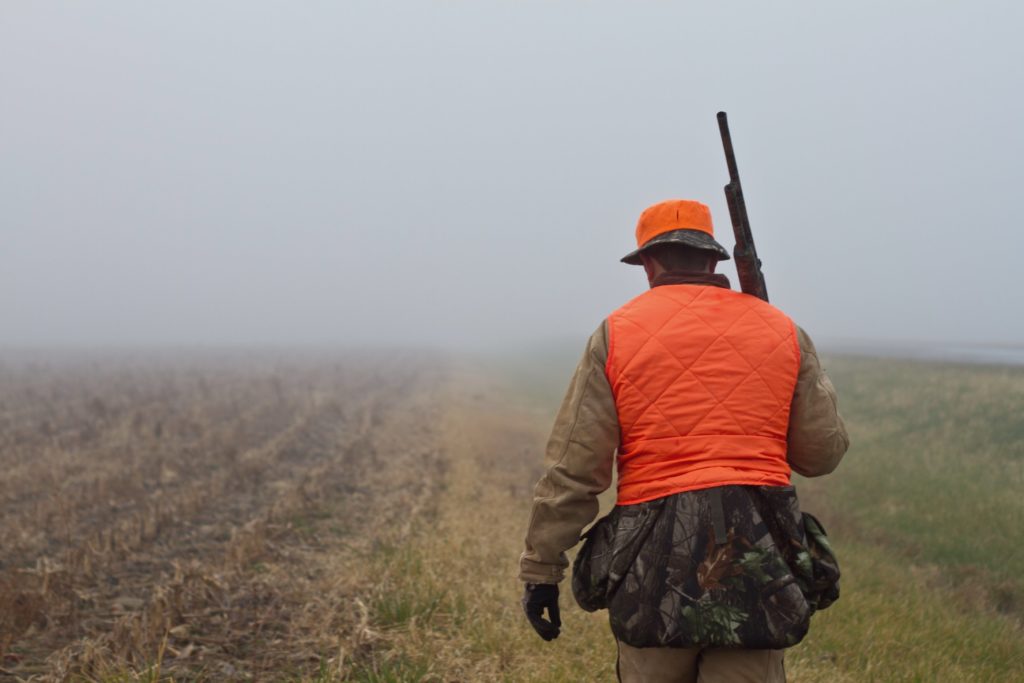
Illinois is 95 percent private land, and—as in many Corn Belt states—access for hunting and fishing is increasingly limited. It’s in places like my home state that the Farm Bill can be a game changer for the college kid who can’t afford a deer lease or parents who are looking for a place to take their kid hunting or fishing for the very first time. Through federal funding made available by the Farm Bill’s Voluntary Public Access and Habitat Incentive Program, the Illinois Recreational Access Program has opened up 17,600 acres of private land to the public for hunting and fishing. That’s a big win for sportsmen, but also the small businesses we rely on to keep us fueled, fed, and geared up for our adventures.
Illinois also boasts 87,110 miles of rivers and streams within the state and another 880 miles of river along its borders. This means that Illinois has a tremendous opportunity to utilize the conservation tools within the Farm Bill to improve water quality across the rest of the Mississippi River Basin. As farmers are incentivized to convert less productive croplands to habitat, the great side effect of creating better conditions for deer, ducks, and pheasants is capturing sediment, fertilizer, and pesticide run-off before it enters local waters.
As I can personally attest, Illinois is a very special place to grow up hunting and fishing. Like most, I started with a 4-10 shotgun and squirrels. When I wasn’t exploring the woods looking for greys and reds, it was blue gill with a cane pole. With coaching from my father and brother, I graduated to taking white tail with a bow and largemouth bass with a bait caster- all without ever leaving Southern Illinois.
Hunting and fishing is a critical component of the economy in Illinois. In total, the outdoor recreation economy accounts for $24.8 billion in consumer spending and directly supports 200,000 jobs. Sportsmen in Illinois also have the unique advantage of having three Representatives and one Senator on the House and Senate Agriculture committees that will craft the next Farm Bill.
We’re Glad You Asked
After walking through the complex alphabet soup of Farm Bill programs and their benefits with nearly 100 sportsmen from Alton to Peoria, we expected (and encouraged) questions. But I was surprised by the most common thing we heard: How can we make our elected officials understand how important this is? Sportsmen and women were sold, and they wanted to carry the message to the people who needed to hear it.
At TRCP, we’re working to make it as easy as possible. For one thing, we share everything we know about the Farm Bill and how it can impact your hunting and fishing on our blog—click HERE to get the latest right in your inbox. We also give you as many chances as possible to contact your lawmakers directly on the issues that matter. Start now by sharing your story about the value of access and enhancing sportsmen’s opportunities to hunt and fish in the next Farm Bill.
If you’d like to learn more about the 2018 Farm Bill or talk about additional ways to get involved, contact me directly at amaggos@trcp.org.

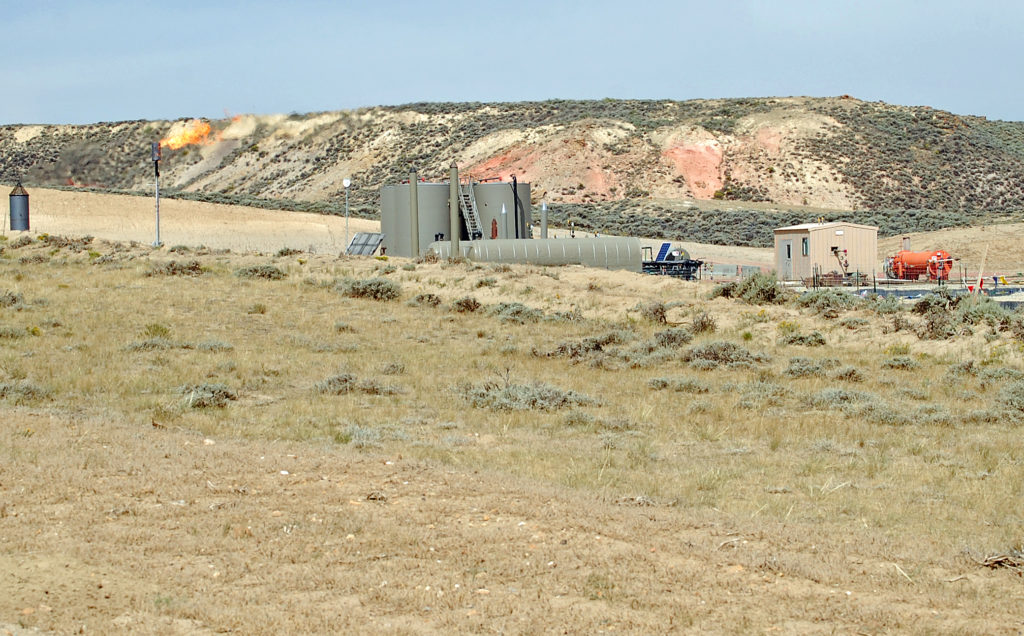
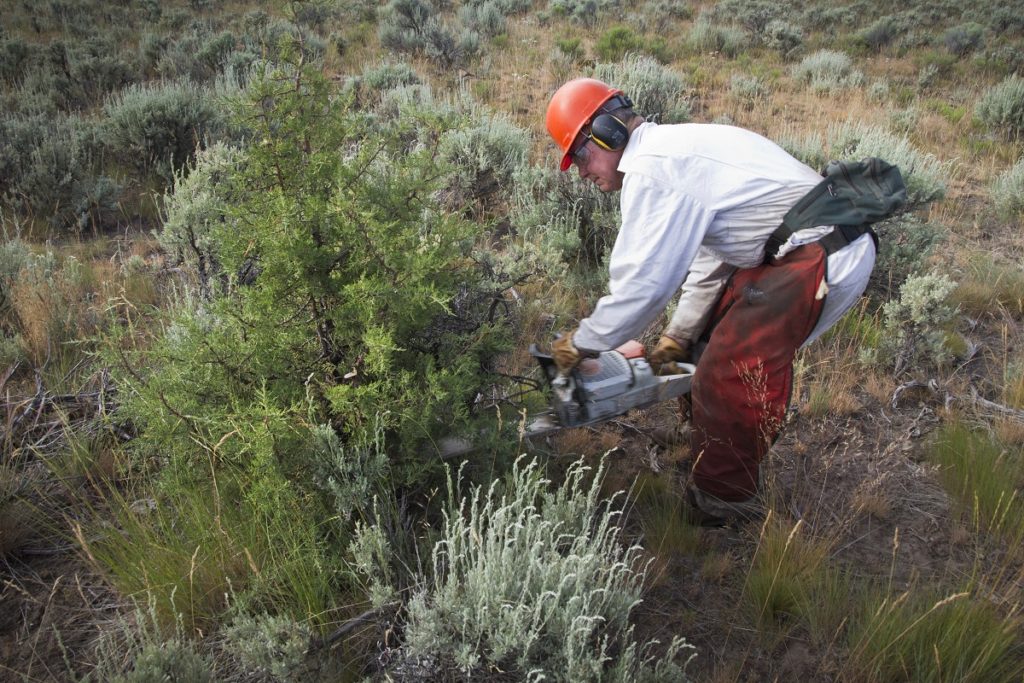
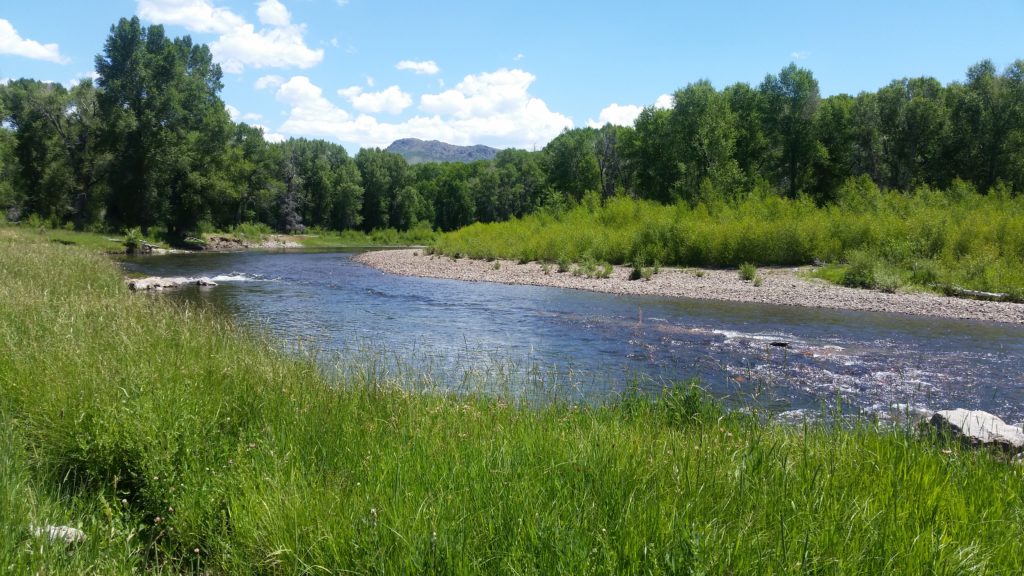
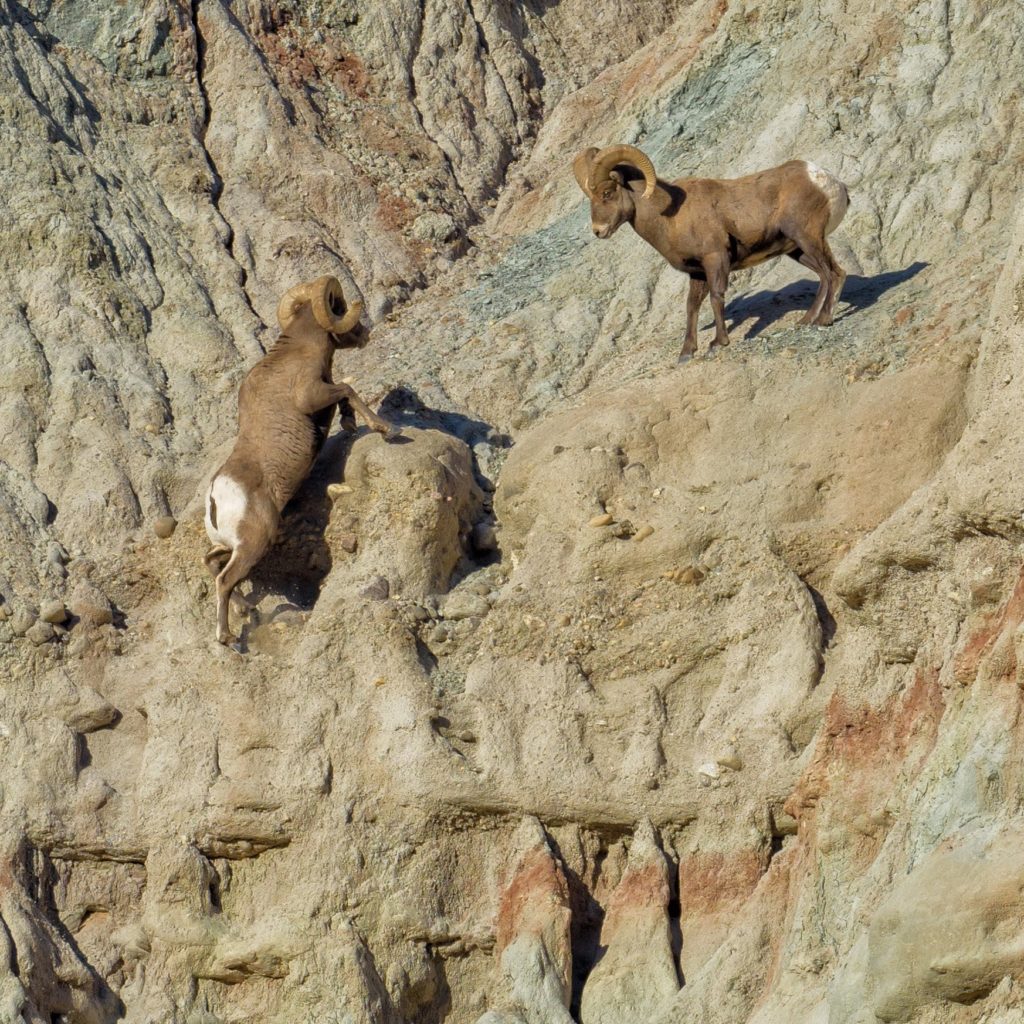
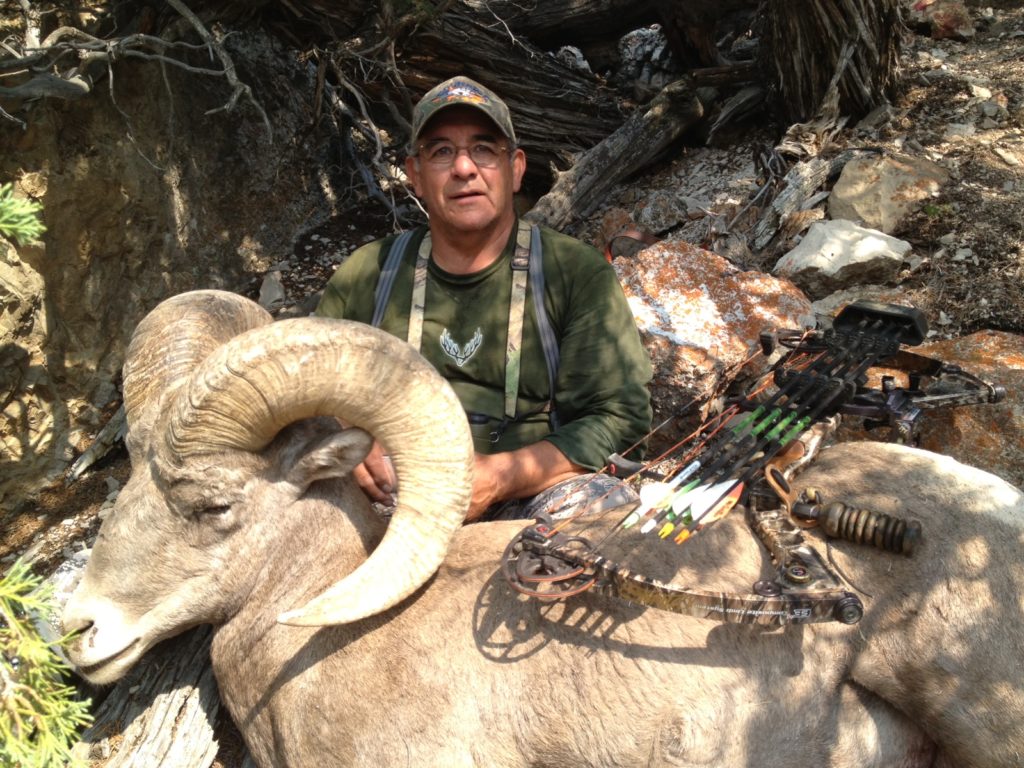
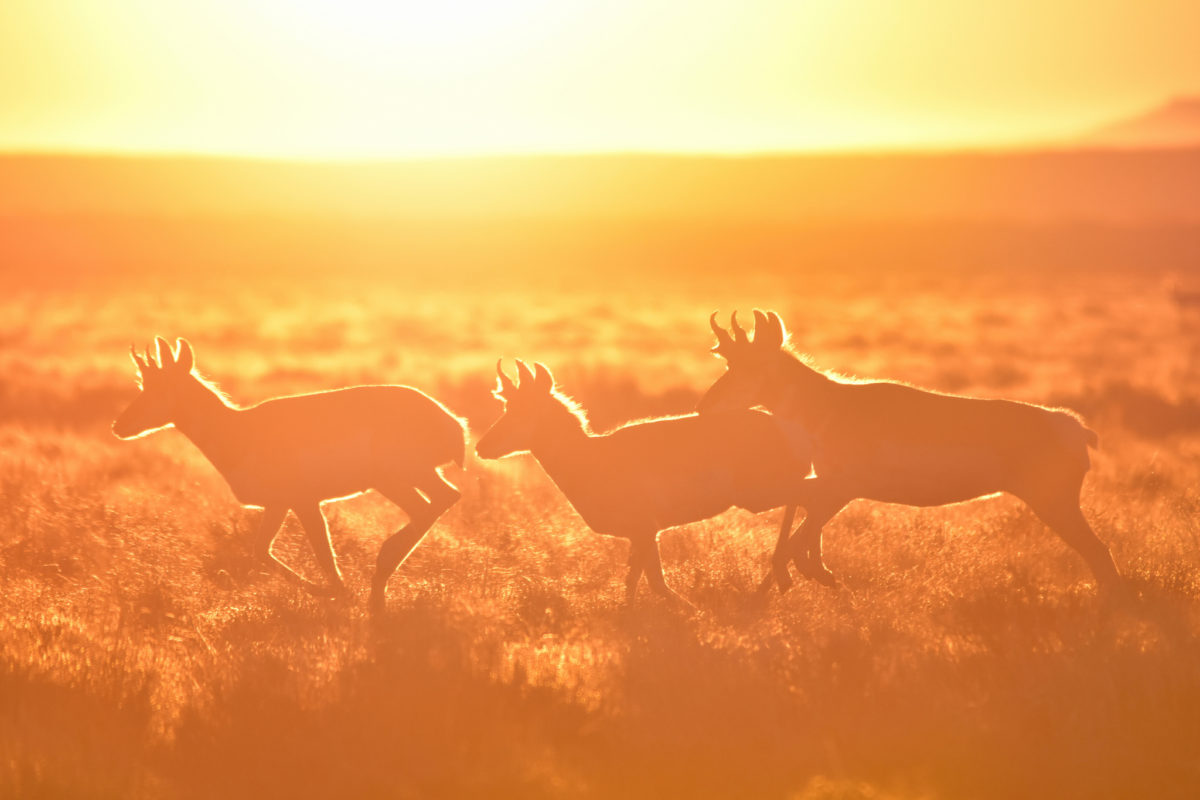
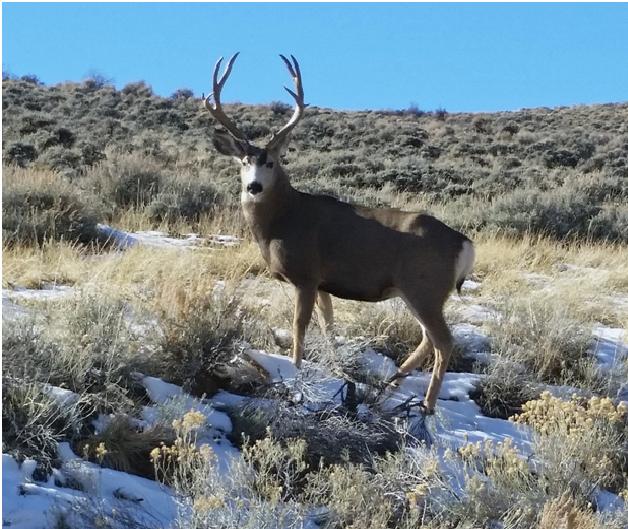
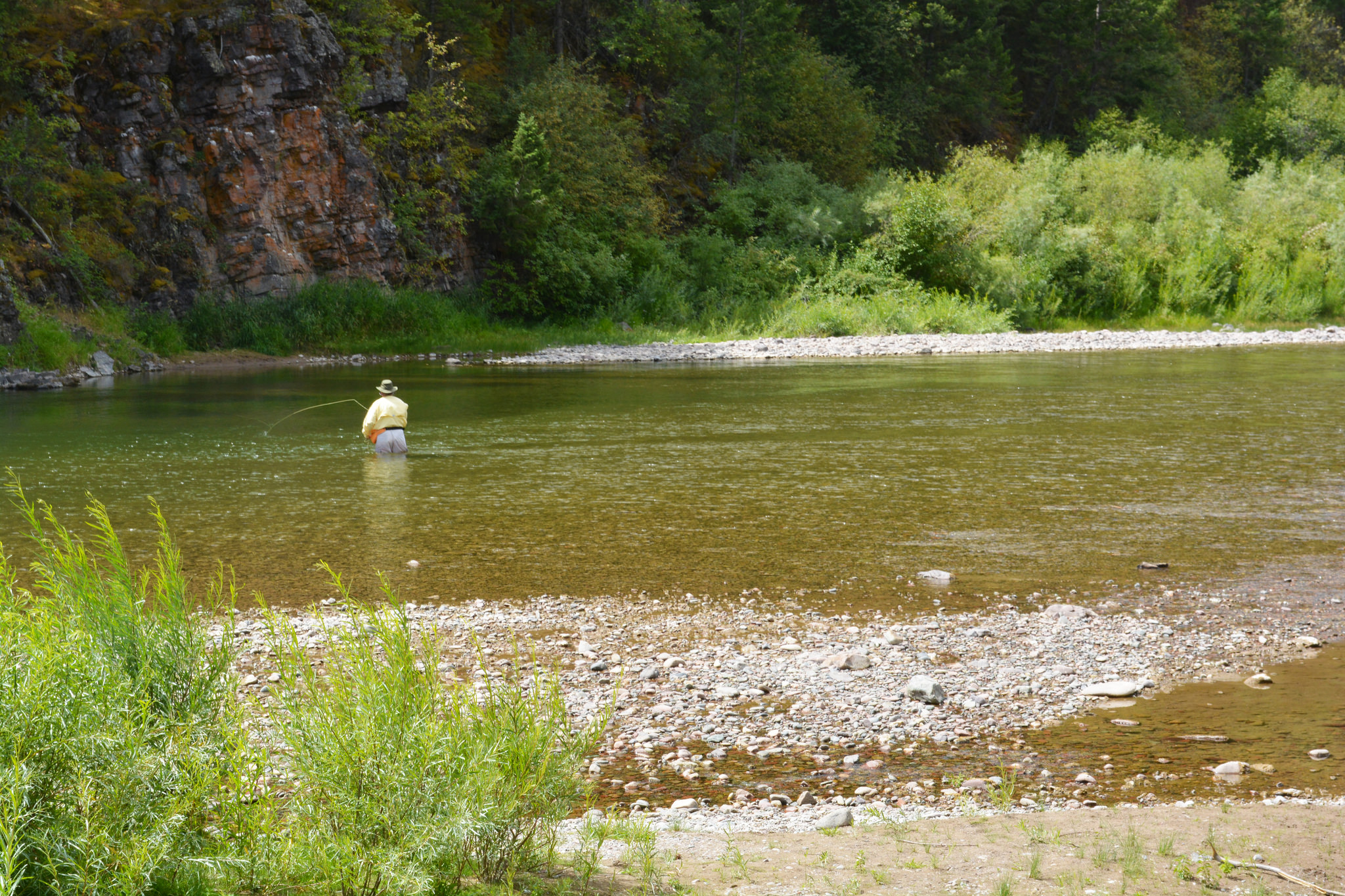




Very well written and informative. This kid was apparently raised well. Love, Dad
I think that the loss of small farmers has a great impact hunter access to hunt like it used to be when I grew up. Big is not always better when it comes to farming or hunting
I own a rural property and it is partly woodland and partly crop ground. What is being done to stop penalizing me for having wildlife habitat? Since my property is more than 50 % wooded I get to pay sky high tax rate while the corn field my neighbor owns gets taxed at only about 10% of what I pay.
@ Rev David Reitz. Illinois does have a program to help lower your property tax if you manage it for Wildlife. It is called the Illinois Conservation Stewardship Program (CSP) managed through the IL Dept. of Natural Resources. For more information visit: http://www.dnr.illinos.gov/conservation/csp